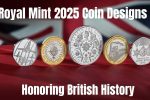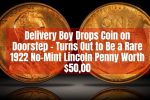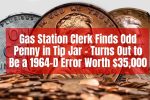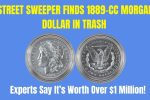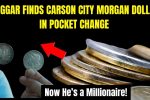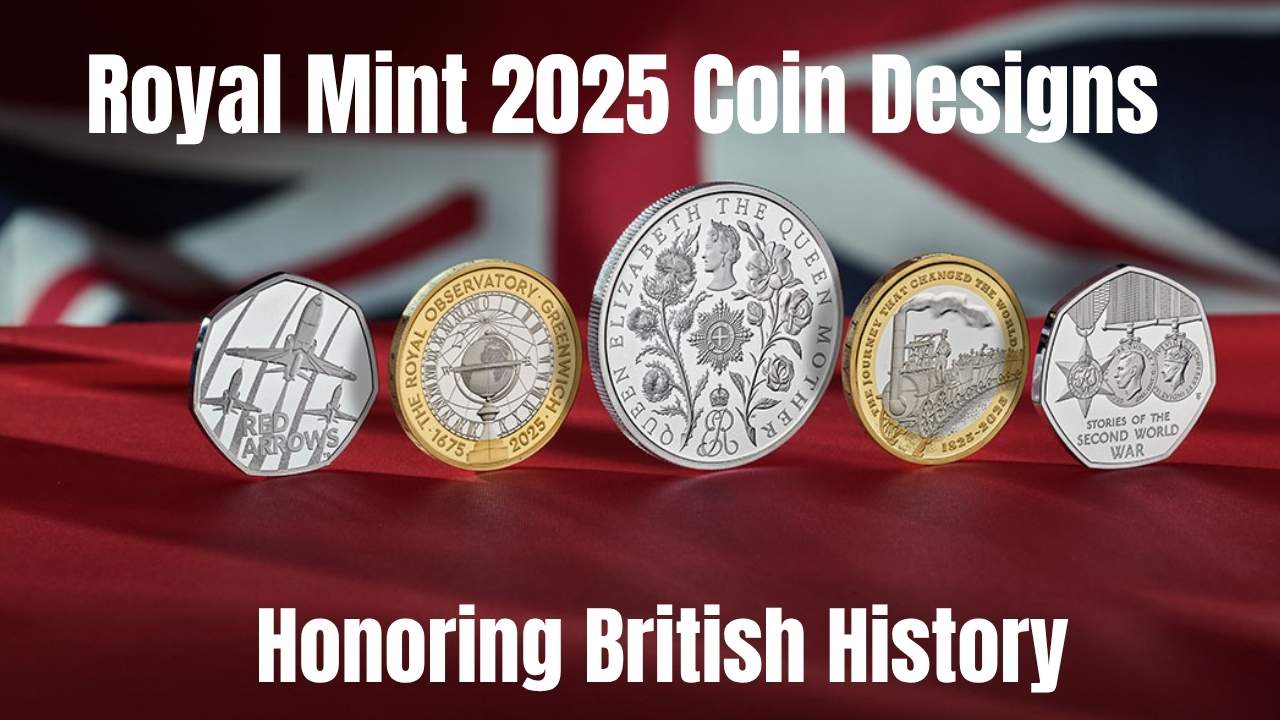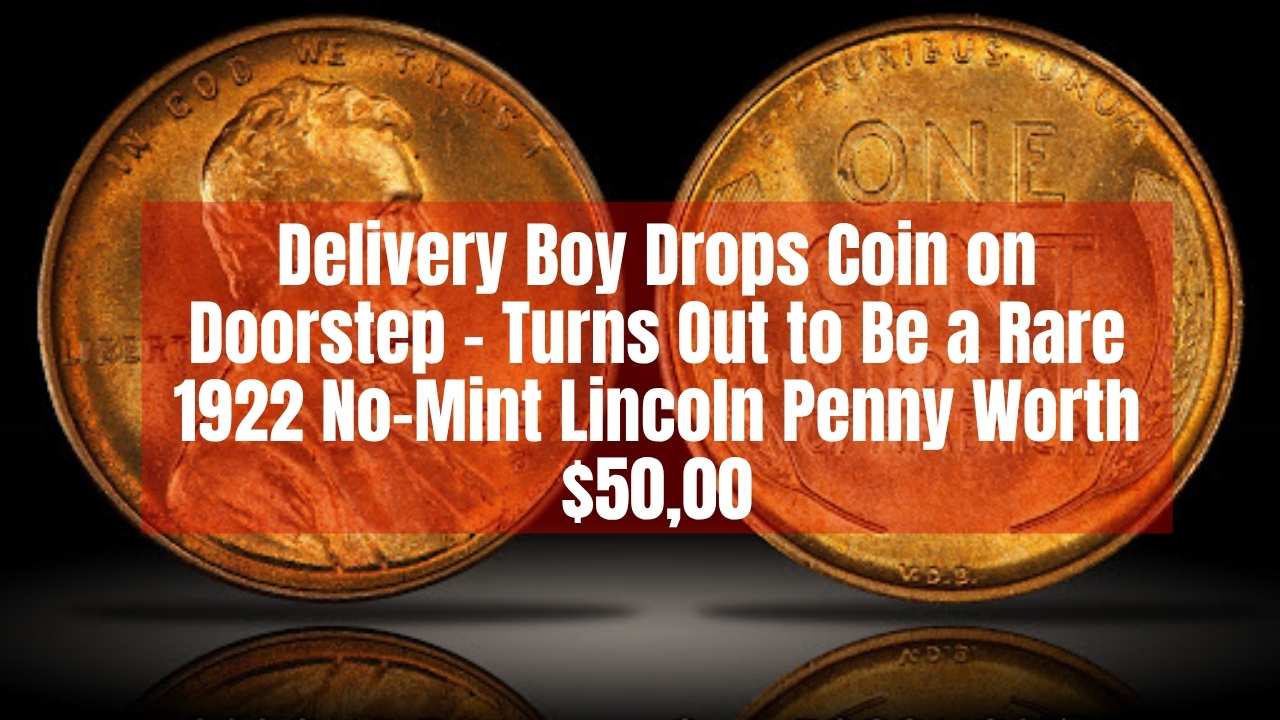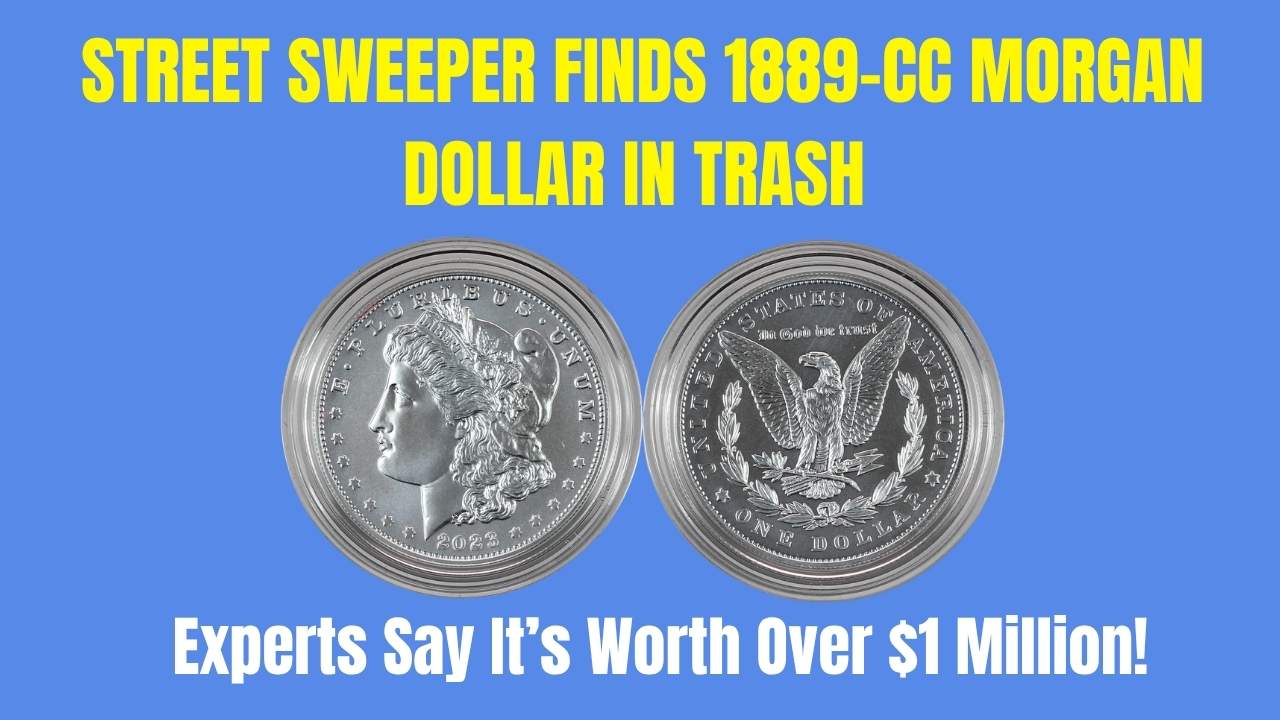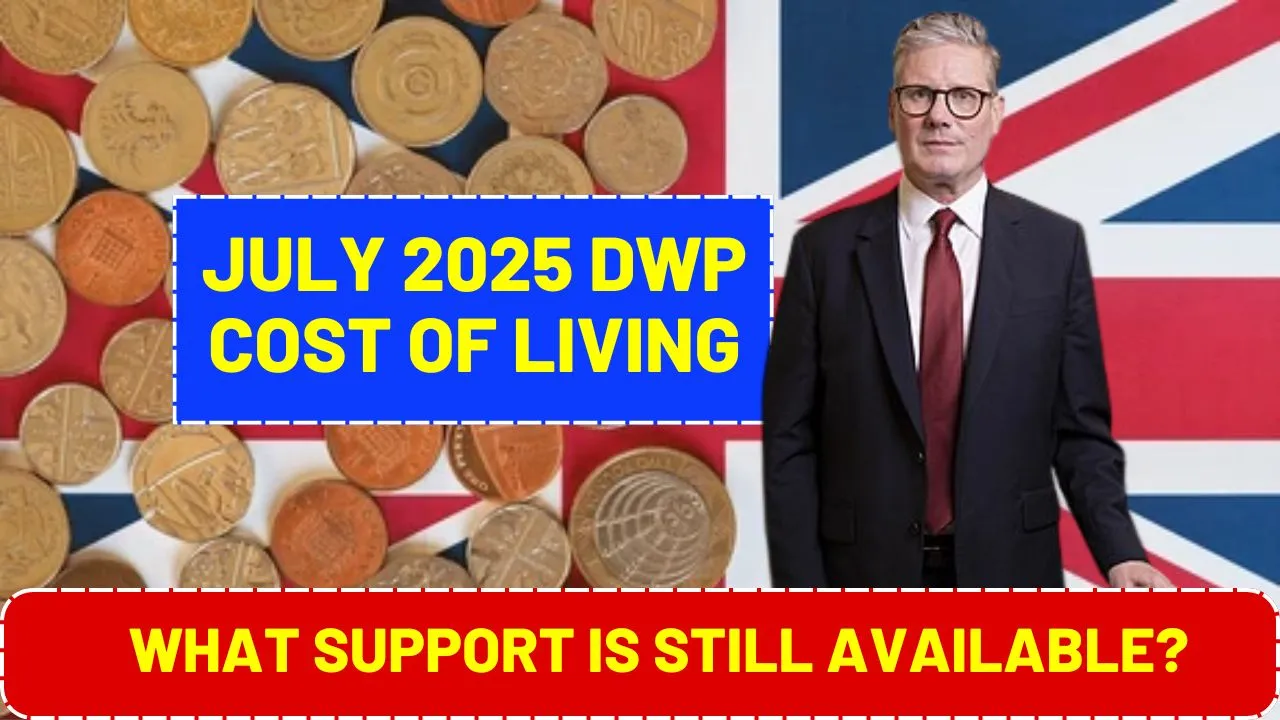What if one of the coins sitting in your kitchen drawer or change jar turned out to be worth millions? It may sound far-fetched, but that’s exactly the case for a few lucky coin collectors who happened to come across a rare Bicentennial Quarter. First minted in 1976 to celebrate America’s 200th birthday, this coin has recently gained fame for being one of the most valuable pieces of U.S. currency ever to exist—at least in special forms.
The Bicentennial Quarter worth $10 million isn’t just another vintage collectible. Its high value stems from unique factors such as minting errors, rare materials, and exceptional quality. This article breaks down everything you need to know: what makes these quarters valuable, how to identify them, where to sell one, and what to avoid when navigating the coin-collecting world.
Bicentennial Quarter Worth $10 Million
The Bicentennial Quarter worth $10 million isn’t a myth—it’s a coin that combines rarity, condition, and collector demand to reach unbelievable value. Though millions of 1976 quarters were minted, only a few possess the exact features that turn a simple piece of change into a collector’s dream. These elite versions may include rare minting errors, 40% silver content, or a pristine proof-grade condition.
Collectors are paying top dollar for coins with these traits, and in some rare cases, auctions have seen prices soar to millions. The most famous example reportedly reached the $10 million mark, mostly due to its flawless grade and historical value.
Overview Table: Key Features of the $10 Million Bicentennial Quarter
| Feature | Details |
| Year Minted | 1976 |
| Commemorates | 200th anniversary of U.S. independence |
| Unique Design | Colonial drummer boy on reverse with 13 stars |
| Potential Value | Up to $10 million (in rare cases) |
| Rare Types | Double die, off-center, no mint mark, silver |
| Mint Marks | D (Denver), S (San Francisco), No mark (Philly) |
| Valuable Variants | 40% silver proof coins, high-grade uncirculated |
| Grading Importance | MS67–70 or PR70 can increase value dramatically |
| Selling Options | Auctions, dealers, online marketplaces, shows |
The Birth of the Bicentennial Quarter
The U.S. Mint released the Bicentennial Quarter in 1976 to celebrate the nation’s 200th anniversary. This coin replaced the traditional eagle design with a colonial drummer boy surrounded by 13 stars. Designed by Jack L. Ahr, the quarter quickly became a symbol of American pride and a popular item in circulation.
While most of these quarters are worth face value, a few were produced with unique features, making them highly desirable among collectors.
Why Some Are Worth Millions
Not all Bicentennial Quarters are created equal. Some versions have distinctive features that can make them extremely valuable. Here’s why:
1. Rare Minting Errors
Minting mistakes are among the most sought-after coin traits. For the Bicentennial Quarter, some known errors include:
- Double die obverse: Letters or numbers appear doubled.
- Off-center strike: The design is misaligned from the center.
- Missing design details: Such as a missing mint mark or incomplete images.
Coins with these flaws are rare and, if uncirculated, can be worth thousands—or in rare cases—millions.
2. Silver Content
Most quarters were copper-nickel, but a special batch made of 40% silver was minted for collector sets. These silver coins are heavier and have a different sheen. Minted primarily in San Francisco, they are much rarer in the wild and significantly more valuable, especially in proof condition.
3. High-Grade Proof Coins
Proof coins are minted using a special process that results in a mirror-like finish and sharp details. If these coins remain in PR70 (perfect) or MS70 condition, their value can reach six or seven figures. Grading services play a critical role in determining this.
4. Historical and Emotional Value
Beyond material worth, the quarter represents a moment in American history. This emotional and historical value fuels demand among patriotic collectors and history buffs alike.
How to Identify a Rare Bicentennial Quarter
Think you might have a Bicentennial Quarter worth $10 million? Check for these signs:
- Date and Design: It must read “1776–1976” and feature the drummer boy on the back.
- Mint Mark Location: Found just under George Washington’s neck.
- Weight and Tone: Silver quarters are heavier and may have a different metallic tone.
- Error Indicators: Look for double letters, off-center images, or missing marks.
- Condition: Coins that look uncirculated or have sharp details should be graded professionally.
Professional Grading: The Key to Maximum Value
To get an accurate value, send your coin to a professional grading service such as:
- PCGS (Professional Coin Grading Service)
- NGC (Numismatic Guaranty Corporation)
These services evaluate the coin’s condition, authenticity, and rarity. A higher grade (close to 70) can dramatically boost your coin’s market value. For example, a silver proof quarter graded PR70 could fetch tens of thousands. Rare coins with minting errors in near-perfect condition may reach the million-dollar range.
Where to Sell Your Valuable Quarter
Once you’ve confirmed your quarter’s rarity and condition, here are trusted places to sell it:
- Coin Auctions: Places like Heritage Auctions or Stack’s Bowers draw serious bidders willing to pay premium prices.
- Specialty Dealers: Local or national coin dealers may offer fast appraisals and buy directly.
- Online Marketplaces: Use platforms like eBay, GreatCollections, or coin-specific forums. Be cautious of scammers and only deal with verified buyers.
- Coin Shows: Meet collectors and dealers in person to negotiate and verify offers.
Beware of Fakes and Overhyped Claims
It’s important to stay cautious. While some Bicentennial Quarters are worth a fortune, many are not. Scammers often try to sell average coins for inflated prices by exaggerating their worth. Always:
- Use professional grading services
- Compare with actual auction prices
- Avoid deals that sound too good to be true
Stick to verified sources and research thoroughly before making a purchase or sale.
The Treasure in Your Pocket
Before you hand over that quarter as change, take a moment to inspect it. The Bicentennial Quarter worth $10 million might be closer than you think. Whether you strike it rich or simply enjoy the thrill of the hunt, coin collecting connects people to history in a personal, hands-on way.
Even if your quarter doesn’t make you a millionaire, discovering a unique piece of American history is rewarding in itself.
Frequently Asked Questions (FAQs)
How can I tell if my Bicentennial Quarter is silver?
Check the coin’s edge—silver quarters won’t show the orange copper core and are slightly heavier.
What is a double die Bicentennial Quarter?
It’s a coin where the letters or numbers appear doubled due to a die misalignment during minting.
Where is the mint mark located?
You’ll find it just below Washington’s neck on the front side of the coin.
Are all 1976 quarters valuable?
No, only those with rare errors, silver content, or high-grade proof conditions have significant value.
Should I get my quarter graded?
Yes, if the coin appears uncirculated, contains errors, or may be silver—it could dramatically raise its value.
Final Thought
The Bicentennial Quarter worth $10 million is more than just a piece of change—it’s a symbol of American history that could also change your life. Keep your eyes open and do your research. You never know when a small coin might hold a big secret.
Share your coin discoveries in the comments and explore more hidden treasures and horoscope predictions for your lucky days!

